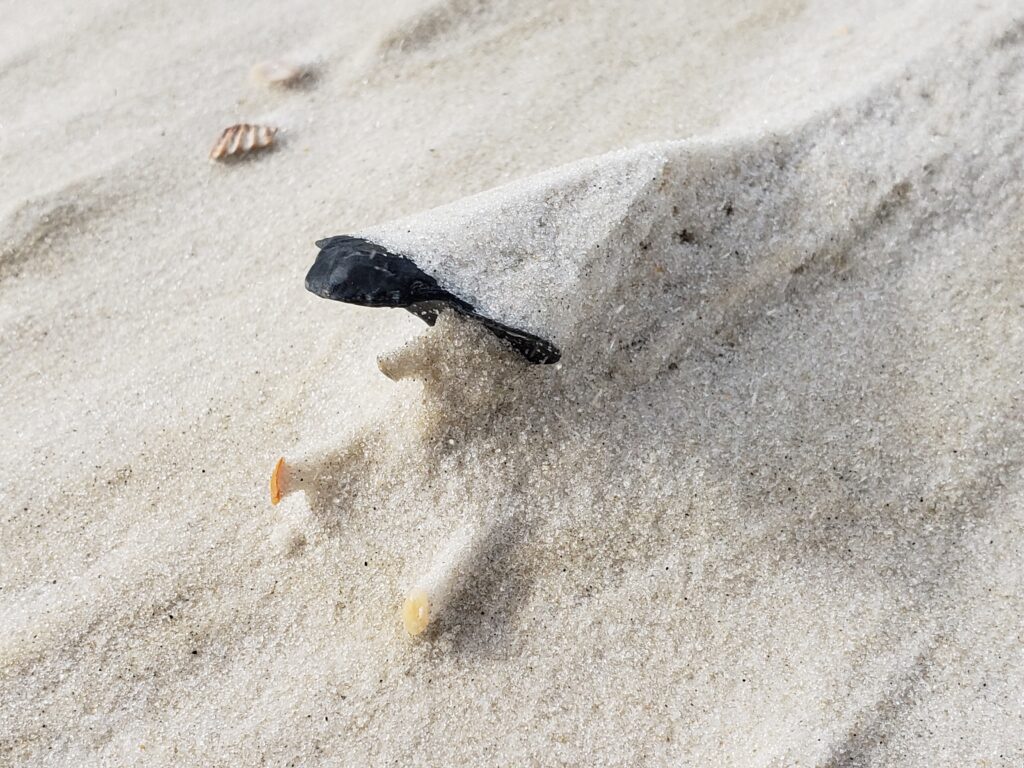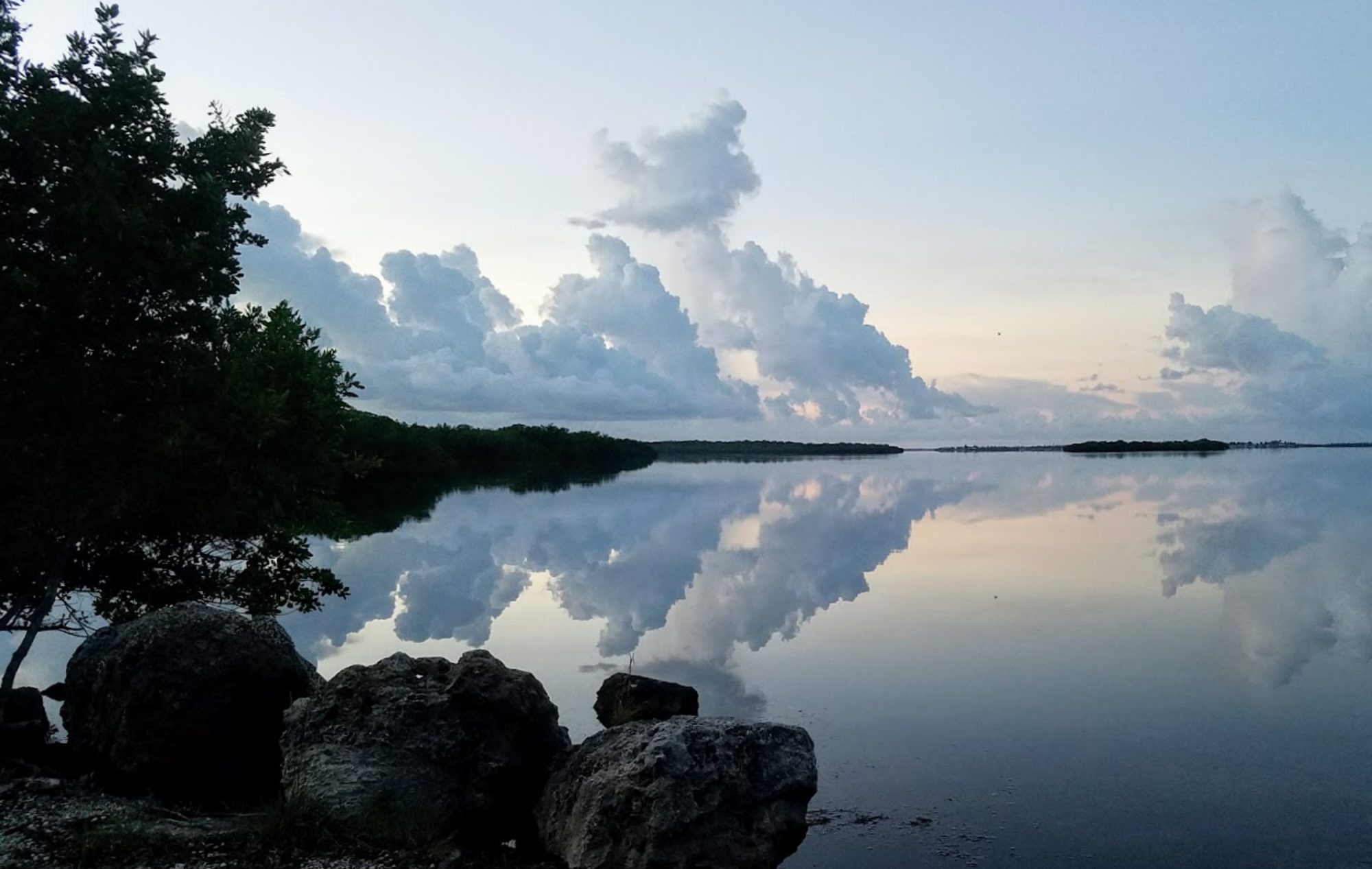Some think of sand dunes as an impediment to getting the cooler, chairs, and umbrella down to the beach, and they do make getting to the water a bit harder. But they’re worth the struggle!
So What’s a Sand Dune?
As the wind blows along the beach, sand builds up behind anything that can block the wind, and bit by bit, sand grains pile up. These piles are sand dunes, and each dune has a windward side, where the wind is blowing against the dune; a slipface, where the grains of sand are blown to the far side; and the leeward side, opposite the windward side. This ongoing process creates a resilient coastline.
Dunes form over time, and new dunes can form in front of existing dunes. The first wave in from the ocean is a primary dune, the next is a secondary dune, and the next is a tertiary dune. Secondary and tertiary dunes are formed as the primary dune is modified by the formation of new dunes.

Why care about dunes?
While wind is essential to forming sand dunes, these same dunes can break the wind, providing important natural protection to inland areas and protecting the shoreline. They can mitigate storm surge and waves, which will reduce or even prevent flooding. But it’s not just bad weather that makes dunes valuable! From the wildest of storms to the calmest of days, sand dunes provide habitat for plants and animals.
Wind and Wave Absorbtion
Here in Florida, the importance of the dunes’ ability to absorb the force of wind and water is crucial. In the Panhandle, this has been recognized, with Gulf Islands National Seashore protecting miles of precious dunes and state parks that provide protection to even more. Wide systems of beaches and dunes provide protection for inshore areas, and this protection is increased as the distance between the beach and development increases.
Habitat Creation and Protection
Beach grasses have to be tough to survive in the dune habitat, but thrive they do. Grasses must be salt-resistant, wind-resistant, and able to withstand full sun, heat, and poor nutrients of their sandy home. When they can do these things, their roots help stabilize dunes.
Sea Oats, for example, have both rhizomes and roots. The rhizomes help the plant extend horizontally, and the roots can extend as much as 30 feet below the dune! Both the roots and stalks of the plant help hold sand in place.
Armadillos, coyotes, reptiles, and of course, birds, can make their homes in the dune communities. Ticks and mosquitoes may also be present, along with less annoying insects.
Often, you will find that you are not allowed to walk directly on the dunes. The bardwalks protect the dunes, so please abide by those restrictions and help the dunes do their job!

Economic Benefits
Escambia County, Florida reported in 2018 that about $10 million is generated by more than two million visitors each year. This figure includes employment, food and lodging,
In 2021, the National Park Service reported that over $40 million was spent by visitors to the Great Sand Dunes National Park in Colorado in a single year. These non-coastal dunes do not protect a coastline, but just as coastal dunes, they protect plant community stability, increase soil quality, and contribute to abundant biodiversity.

